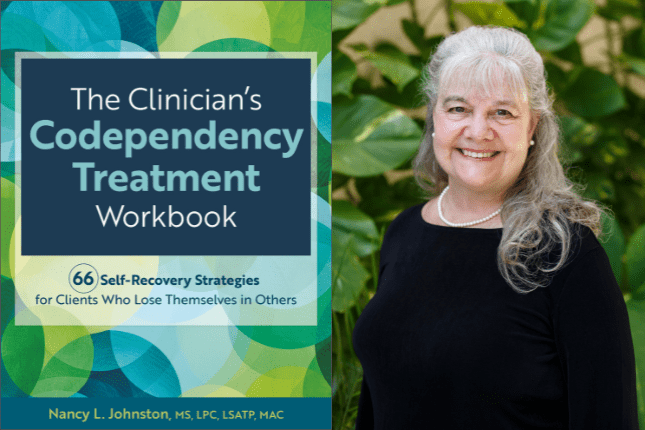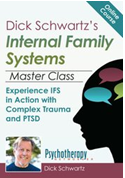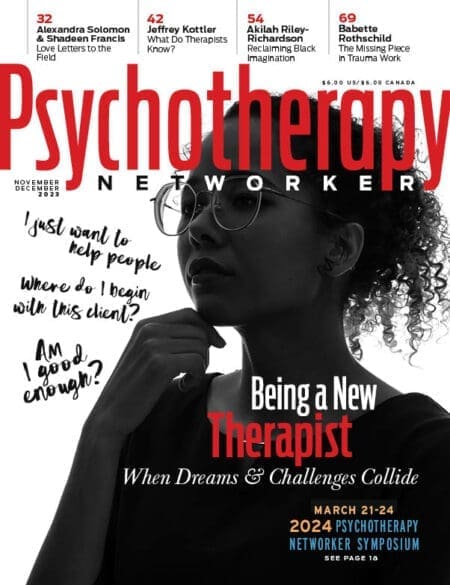This month’s selection is from Nancy Johnston’s, The Clinician’s Codependency Treatment Workbook: 66 Self-Recovery Strategies for Clients Who Lose Themselves in Others.
With this practice tool, you get an activity that will help your clients discover:
- Relationship dynamics that can lead to losing oneself in others
- Ways they may be contributing to these unhealthy relationship patterns
- What they can do differently to reconnect with themselves and develop healthier relationships











